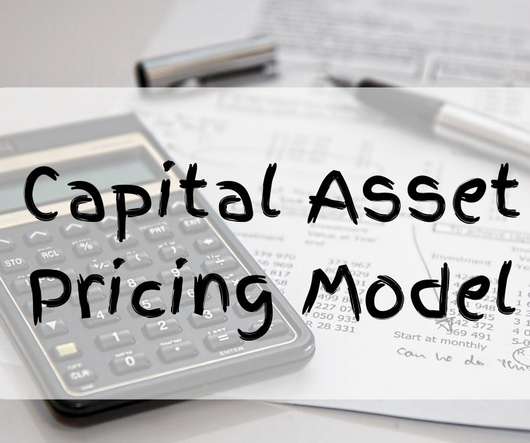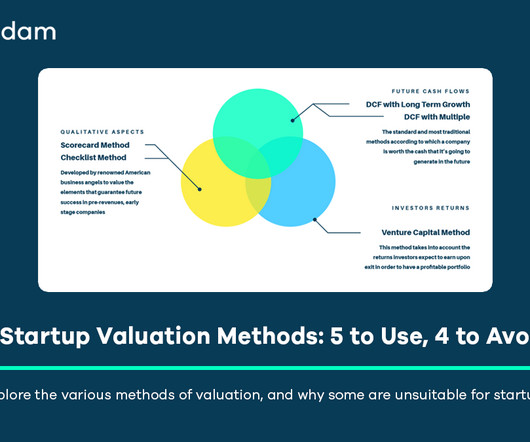Discount Rate—Explanation, Definition and Examples
Valutico
FEBRUARY 27, 2024
Different types of discount rates such as risk-free rate, cost of equity, or cost of debt, are used contextually in financial analysis. The Discounted Cash Flow (DCF) method uses the discount rate to consider all future cash flows of a business when calculating its current value.











Let's personalize your content